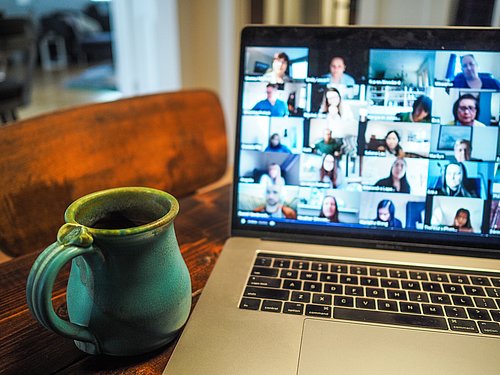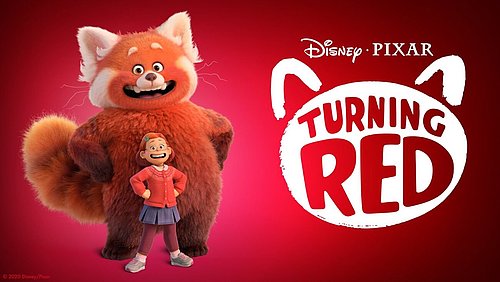
Rediscovering film in the age of digital distraction
Caught in the Middle of Cinema and Social Media: I’m 23 and Nostalgic Already

Along with all the other social media channels I have been on for the majority of my adult life (me and every other 20-something year old, obviously), I’ve added Letterboxd to my home screen this year. A popular app cinephiles, Letterboxd allows users to log films, write reviews, rate movies, create lists and – an ode to the ‘social’ element of all apps – connect with friends and keep up to date with their viewing habits.
To get a grasp as to the extent that I utilise this app, I generally refrain from star-rating media (my Goodreads account is similarly barren as a moonless night) and my only written review was a scathing ‘boooring’ of 1992, Basic Instinct (yes, starring Sharon Stone). I’ll admit to my chagrin that this was written in a state of unfulfilled expectation and I’ve come to deeply regret my harsh words: I hope all the young men of the 90’s can forgive me.
All this is to say: I’ve made an effort this year to really throw myself into the world of film. As much more of a bookworm than a cinephile, I’d usually much rather spend those 90 minutes (or heaven forbid, two and a half hours) reading a book. However, as we must all place ourselves in a position of discomfort to progress as individuals, I’ve taken on the burden to put down the books and dedicate myself to watching a couple more movies each month. Hopefully one day I’ll have enough cultural capital to get a reference my colleagues throw around the office.
Although being able to get the joke every now and then is a noble endeavour to pursue, I am much more motivated by the rejection of post-modern media overstimulation (oh, here we go…). It’s a nostalgic experience: in the living room with my housemates, blanket acquired, hot water bottle pending, I activate Do Not Disturb on my phone and simply watch a movie (bonus points if it’s a DVD I bought for £1 from the Saturday Market. Haul so far: Coyote Ugly (2000), Hoodwinked! (2005), Avatar (2009) and The Devil Wears Prada (2006). Colour me cultured).
And how come this feel nostalgic? (I’m just now realising some of these films are older than I am) I think its got something to do with gathering together, being in same space with others for the intent dedication of attention to one thing. When we are in that room together the three of us not only physically congregate but we attach our cognitive attention to a single point, then we burst out with chatter as the credits roll to state our case for the highlights and how we would do it differently.
Rather than scrolling TikTok while only half paying attention to what’s on the big(ger) screen, we’re allowed to slow down and fully engage with the film. (Sometimes, if they’re lucky, I’ll make my housemates browse the Bonus Features too). This is what makes movies feel nostalgic: the absence of the Digital.
With the rise of mobile phone use, access and attention monopoly (at the risk of sounding like a broken record), we are a generation attached at the hip to our mobile phones (mine even has a cute charm bracelet). And the Youth only appear to be even more reliant on their devices.
As a result of this, media product is entering a crisis of film relevancy: with reduction in attention span (fast forward that 15s TikTok, why don’t you) and the constant production of immediately gratifying content that swivels the head on a dime one minute to the next, it’s hardly a surprise that Hollywood is taking measures against a dying era of cinema.
In a Variety article, Kevin Mayer talks about the struggles facing Hollywood today. With changes to consumer demographics and behaviours, there is a real worry about the health of the traditional film and TV industry. With less engagement year on year from audiences, production is steadily losing its profitability. Mayer references the changing media landscape and internal industry disputes this side of the Covid Pandemic (Bingo!) that have resulted in this slowing-down of film and TV.
Adding my voice to the likes of Mayer, I believe there is just less space for film in audience’s lives nowadays. With increasing stress around the economy and political stability around the world, you would expect cinema to become an escape from other daily media engagements. But who has the time?
The likes of social media offer much easier-to-access escapism: they’re free, they’re portable, they resource light (e.g. don’t drain your mobile data too much) and they allow quick moments of engagement across a wider time frame. This makes them perfect for a number of audience demographics: you have 2 minutes to hide form your toddler in the bathroom, open Facebook; you have 5 minutes between classes, get on Snapchat; you’re on your 20 minute lunch break between lunch and dinner rush, better believe I would be doomscrolling TikTok.
Thus, we see kids and youth audiences turn their heads much quicker to their constant companion in devices, unfortunately at the detriment of the film industry.
But who can say for sure? Perhaps the likes of myself and other amateur cinephiles will save the film and TV industry from this path it walks, caring a new direction through the media ecosystem wielding our Letterboxd accounts as accreditation. NPR’s Planet Money episode ‘PM x Radiolab: Can the economy grow forever?’ references the Malthusian swerve, where something happens that changes the course of assumed progression to provide a totally unexpected outcome. Let’s see if the same is true for media as it is for natural resources.
Anyway, go watch a movie or whatever.
Image Source: Google Play Store - Letterboxd


